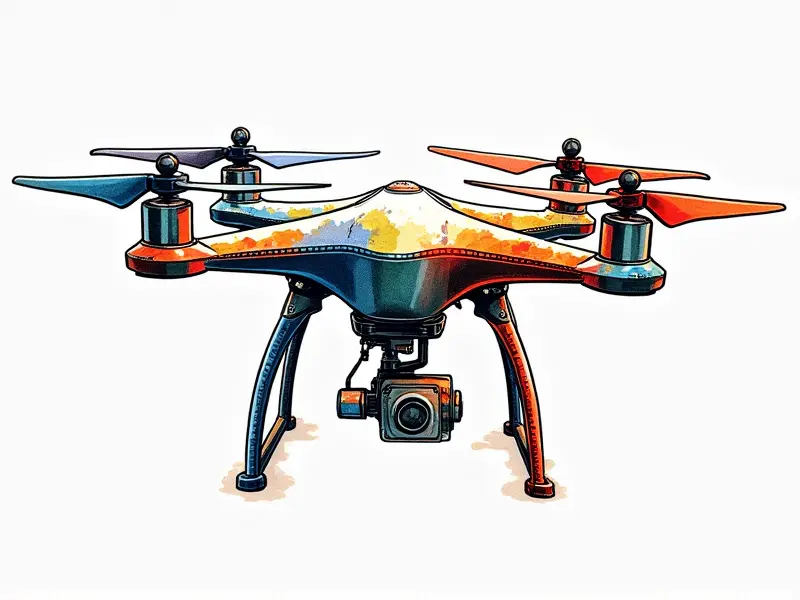RC plane landing gear

Best RC Plane Landing Gear Explained
Choosing the right landing gear for your radio-controlled (RC) plane is crucial to ensure a smooth and safe touchdown. The best RC plane landing gear not only supports the aircraft's weight but also absorbs shock during landings, reducing stress on the airframe. High-quality gears are typically made from durable materials like aluminum or carbon fiber, which offer excellent strength-to-weight ratios.
When selecting landing gear for your RC plane, consider factors such as wheel size and type, shock absorbers, and overall design. Larger wheels provide better stability during takeoff and landing, while smaller ones can improve aerodynamics in flight. Shock-absorbing mechanisms are essential to minimize the impact of rough landings.
Top 5 RC Plane Landing Gears Reviewed
- Aluminum Gear Set: Known for its durability and lightweight properties, aluminum gear sets offer excellent shock absorption. They are ideal for high-performance planes that require robust landing support.
- Carbon Fiber Gear Set: Carbon fiber gears provide superior strength-to-weight ratios, making them perfect for racing models or any plane where weight reduction is critical. However, they can be more expensive than aluminum sets.
- Semi-Retractable Gear Set: These gear sets allow the wheels to retract partially during flight, reducing drag and improving aerodynamics without compromising stability on landing.
- Folding Gear Set: Designed for convenience and compact storage, folding gears can be easily adjusted or removed when not in use. They are popular among hobbyists who frequently transport their planes.
- Fixed Gear Set: Simple yet effective, fixed gear sets provide reliable support without the complexity of retractable systems. They are suitable for beginners and general-purpose models.
DIY RC Plane Landing Gear Guide
If you're looking to build your own landing gear for an RC plane, there are several materials and tools that can help you create a custom solution tailored to your specific needs. Common DIY materials include wood, plastic, metal strips, and rubber bands.
Materials Needed
- Wood or Plastic Strips: For the main structure of the gear legs.
- Metal Strips: To reinforce joints and provide additional strength.
- Rubber Bands: As shock absorbers to cushion landings.
Tools Needed
- Screwdrivers
- Hammers
- Cutters or scissors
- Glue gun and glue sticks
Lightweight RC Plane Landing Gear Solutions
For pilots who prioritize weight reduction, lightweight landing gear options are essential. Carbon fiber gears offer the best strength-to-weight ratio but come with a higher price tag. Aluminum gears provide an excellent balance between durability and weight.
When designing or selecting lightweight gears, focus on minimizing unnecessary components while maintaining structural integrity. Consider using thin metal strips for reinforcement instead of bulkier materials.
Budget-Friendly RC Plane Landing Gear
If cost is a concern, budget-friendly landing gear options are available that still provide adequate performance and durability. Look for gears made from standard aluminum or plastic components, which offer good shock absorption at an affordable price point.
When shopping for budget gears, compare prices across different retailers to find the best deals. Additionally, consider purchasing used or refurbished parts if they meet your quality standards.
Advanced RC Plane Landing Techniques
Mastery of advanced landing techniques can significantly enhance the performance and longevity of your RC plane's landing gear. Key strategies include:
- Approach Angle: Maintain a consistent approach angle to ensure smooth touchdown.
- Speed Control: Adjust speed gradually as you near the ground to avoid excessive force on the gears.
- Braking Techniques: Use gentle braking methods to decelerate smoothly after landing.
RC Plane Gear Installation Tips
Proper installation of RC plane landing gear is crucial for optimal performance and safety. Follow these tips to ensure a successful setup:
- Alignment: Ensure the gears are properly aligned with the fuselage to distribute weight evenly.
- Tightening Screws: Use appropriate torque settings when tightening screws to prevent over-tightening or loosening during flight.
- Shock Absorbers: Install shock absorbers correctly to maximize their effectiveness in absorbing impact forces.
RC Plane Gear Maintenance Checklist
Maintaining your RC plane's landing gear is essential for long-term performance and safety. Regularly check the following components:
- Tires: Inspect tires for wear and replace if necessary.
- Screws and Bolts: Tighten any loose screws or bolts to prevent them from coming undone during flight.
- Shock Absorbers: Test shock absorbers periodically to ensure they are functioning correctly.
Essential Guide to RC Plane Gears
This guide covers all aspects of selecting, installing, and maintaining landing gear for your RC plane. From understanding the different types of gears available to learning advanced techniques for optimal performance, this comprehensive resource will help you make informed decisions about your aircraft's landing support system.
How to Choose RC Plane Gear
Selecting the right landing gear for your RC plane involves considering several factors:
- Aircraft Type: Different planes have varying requirements based on their design and intended use.
- Budget Constraints: Determine how much you are willing to spend on gears.
- Maintenance Needs: Consider the ease of maintenance for different gear types.
Maximize Stability with RC Plane Gear
To maximize stability during takeoff and landing, focus on selecting gears that provide excellent shock absorption and weight distribution. Properly installed and maintained gears will help ensure your RC plane remains stable throughout its flight cycle.
Conclusion
In conclusion, choosing the right landing gear for your RC plane is a critical decision that impacts both performance and safety. By understanding the different types of gears available, considering factors such as weight reduction and budget constraints, and following proper installation and maintenance practices, you can enhance the overall stability and longevity of your aircraft.

